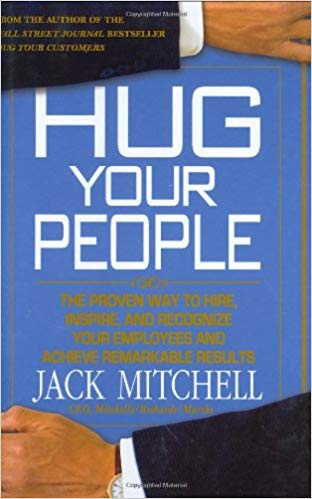This lesson was not planned but it was too good not to share.
Last week, I visited the Goose Creek/Cane Bay GBN group. We briefly reviewed the previous four parts of the lesson on appreciation before discussing this week’s lesson—the data that demonstrated that we devalue others when we demonstrate that they are not worth our time, when we don’t know their names, or when we are uninterested in their lives outside of work.[1] It led to an animated discussion about how we have shown appreciation to others, or how our bosses have shown appreciation to us.
During the discussion, Noel Spilbor repeatedly referenced his administrative assistant, talking about how helpful she was and how she made the office run efficiently.
I asked, “Noel, what do you do to show her that you appreciate her?”
He rattled off a number of responses, but he began with a very telling comment. He said, “I involve her in everything.” He didn’t miss a beat. He barely took a breath before that sentence came out. It was reflexive. He did not have to think about it. And, that’s how it should be.
If you really appreciate someone, it does not take a lot of work to show it. You don’t have to put it on your to-do list. You will naturally involve them in all of the processes that matter.
As we talked, I referenced the book Hug Your People by Jack Mitchell. Jack Mitchell is the Chairman of Mitchell Stores, an upscale clothier based in the New York metropolitan area. He had a great line in the book, and I shared it with the group. He wrote: “I always try to use the preposition with rather than for when I speak about our associates. People work with us, not for us. It’s one word, but it makes a huge difference in attitude”[2] (emphasis added).
“People work with us, not for us.” Noel understands this. I am sure that, whatever else he might do to show his appreciation, his demeanor precedes him. Your attitude precedes you too. What does that mean for you?
What About You?
Do you really appreciate your people? If you don’t, they can tell.
References
[1] Solomon, L. (2015, June 24). The top complaints from employees about their leaders. Harvard Business Review. Retrieved from https://hbr.org/2015/06/the-top-complaints-from-employees-about-their-leaders
[2] Mitchell, J. (2008). Hug your people: The iroven way hire, inspire, and recognize your employees and achieve remarkable results. New York: Hyperion.
___________

Dr. Darin Gerdes is a tenured Professor of Management in the College of Business at Charleston Southern University.
All ideas expressed on www.daringerdes.com are his own.
This post was originally created for Great Business Networking (GBN), a networking organization for business professionals where Dr. Gerdes is the Director of Education.
___________

